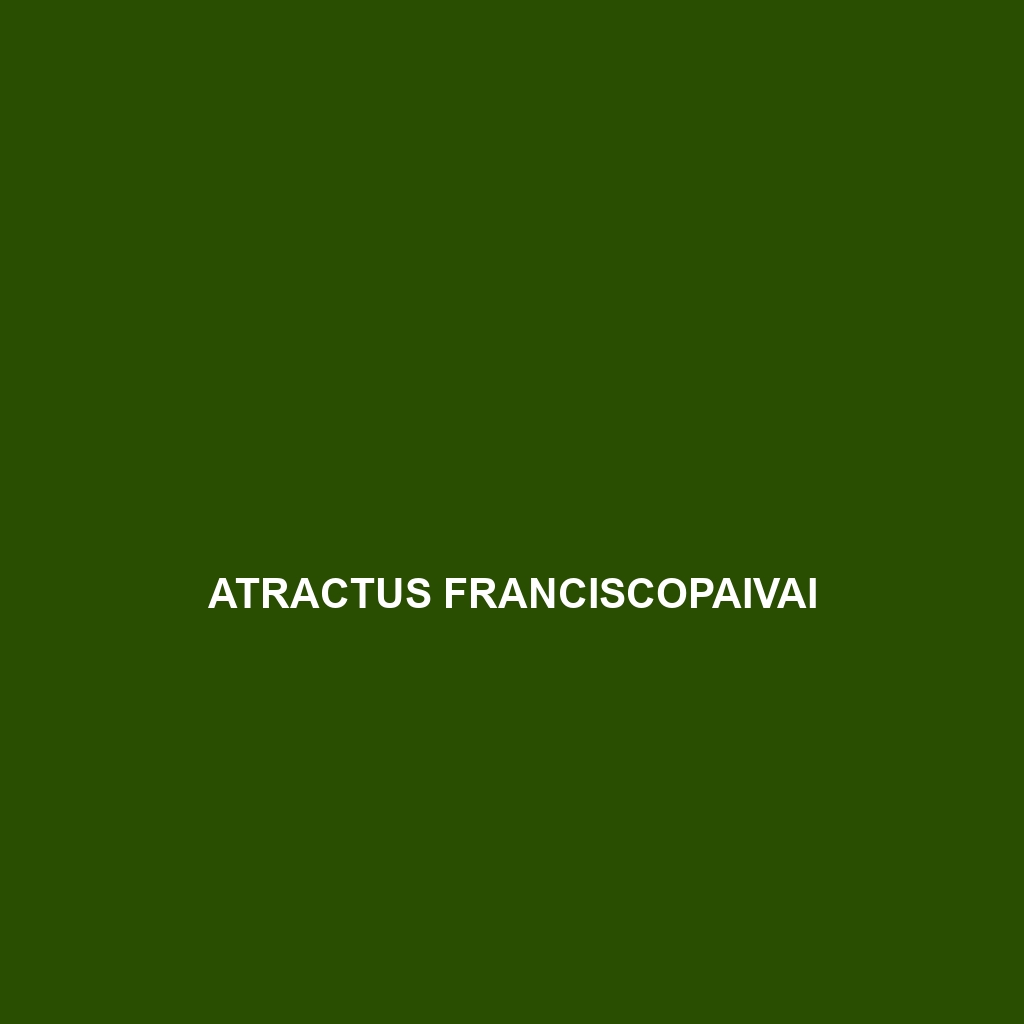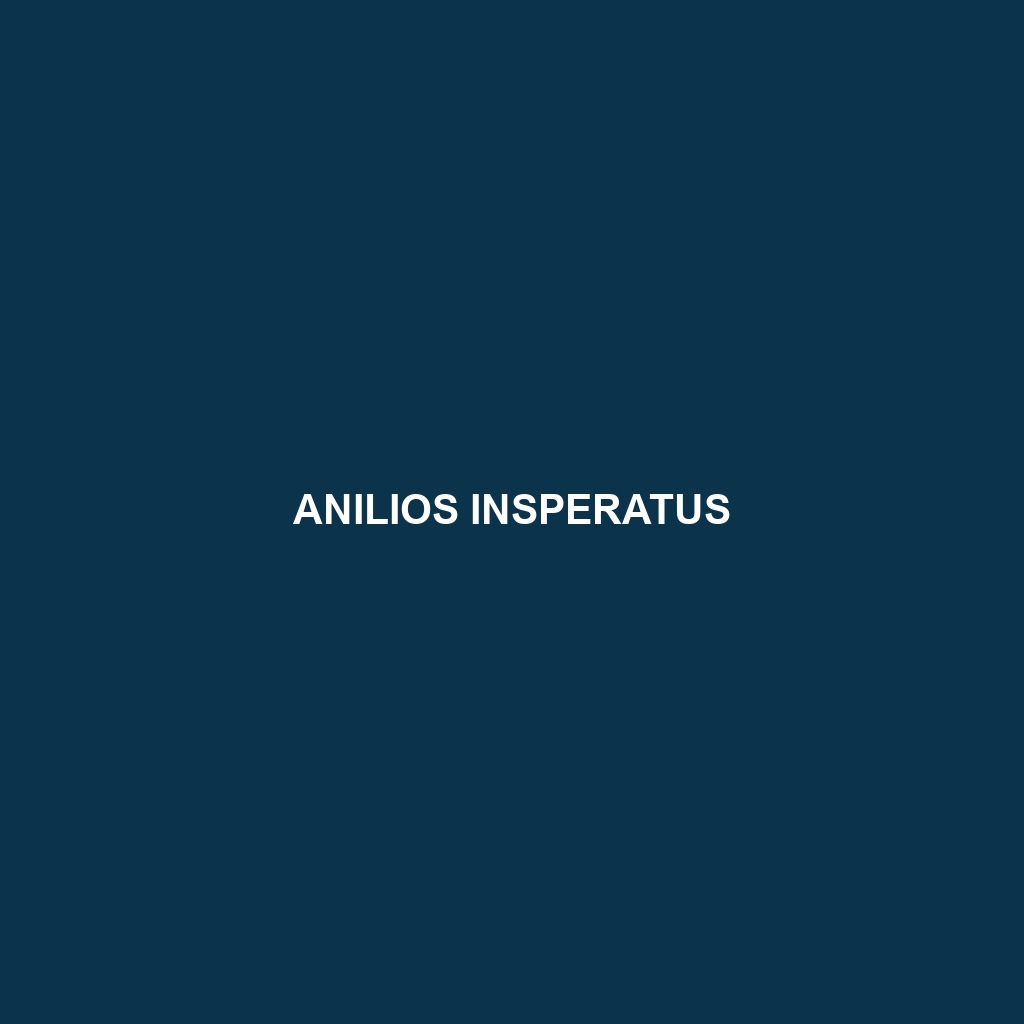Discover the fascinating Atractus zidoki, a slender, medium-sized snake native to the tropical rainforests of Colombia, characterized by its striking dark patterns and elusive, nocturnal behavior. This carnivorous species plays a vital role in regulating invertebrate populations and is currently classified as Vulnerable due to habitat threats.
Tag: invertebrate control
Atractus major
Discover the Atractus major, a medium-sized fossorial snake native to the tropical rainforests of Central and South America, recognized for its brown and grey coloration with dark blotches. This vital predator plays a crucial role in maintaining ecological balance by controlling invertebrate populations while being vulnerable due to habitat loss.
Atractus flammigerus
The Atractus flammigerus, commonly known as the flammigerus snake, is a nocturnal species native to the humid tropical rainforests of northern South America, characterized by its distinctive reddish-orange and dark brown striped pattern and an average length of 50 to 70 centimeters. Primarily feeding on small invertebrates, this elusive snake plays a vital role in maintaining ecological balance within its habitat.
Anilios yirrikalae
Discover the Yirrikala Blind Snake (Anilios yirrikalae), a slender, non-venomous species native to the tropical forests of northern Australia, known for its distinctive dark brown to black coloration and fossorial lifestyle. This vulnerable species plays a crucial role in its ecosystem by aerating soil and regulating invertebrate populations.
Anilios silvia
<p>Discover the <b>Anilios silvia</b>, a fascinating blind snake native to the tropical rainforests of Australia. Ranging from <strong>30 to 100 centimeters</strong>, this nocturnal and fossorial species plays a crucial role in controlling insect populations and is currently listed as <strong>vulnerable</strong> due to habitat destruction.</p>
Anilios insperatus
Anilios insperatus, commonly known as the Northern Blind Snake, is a medium-sized, fossorial snake native to northern Australia, thriving in tropical and subtropical wet forests. Characterized by its dark brown to tan coloration with lighter bands, it primarily feeds on small invertebrates and plays a vital role in regulating soil-dwelling animal populations while being categorized as vulnerable due to habitat loss.
Anilios broomi
Anilios broomi, commonly known as the broom snake, inhabits the arid regions of Australia and is characterized by its elongated cylindrical body, ranging from 60 to 90 centimeters in length, with a distinctive brown and cream coloration for effective camouflage. This fossorial species primarily preys on invertebrates and plays a vital role in controlling insect populations while being adapted to survive in extremely dry conditions.






